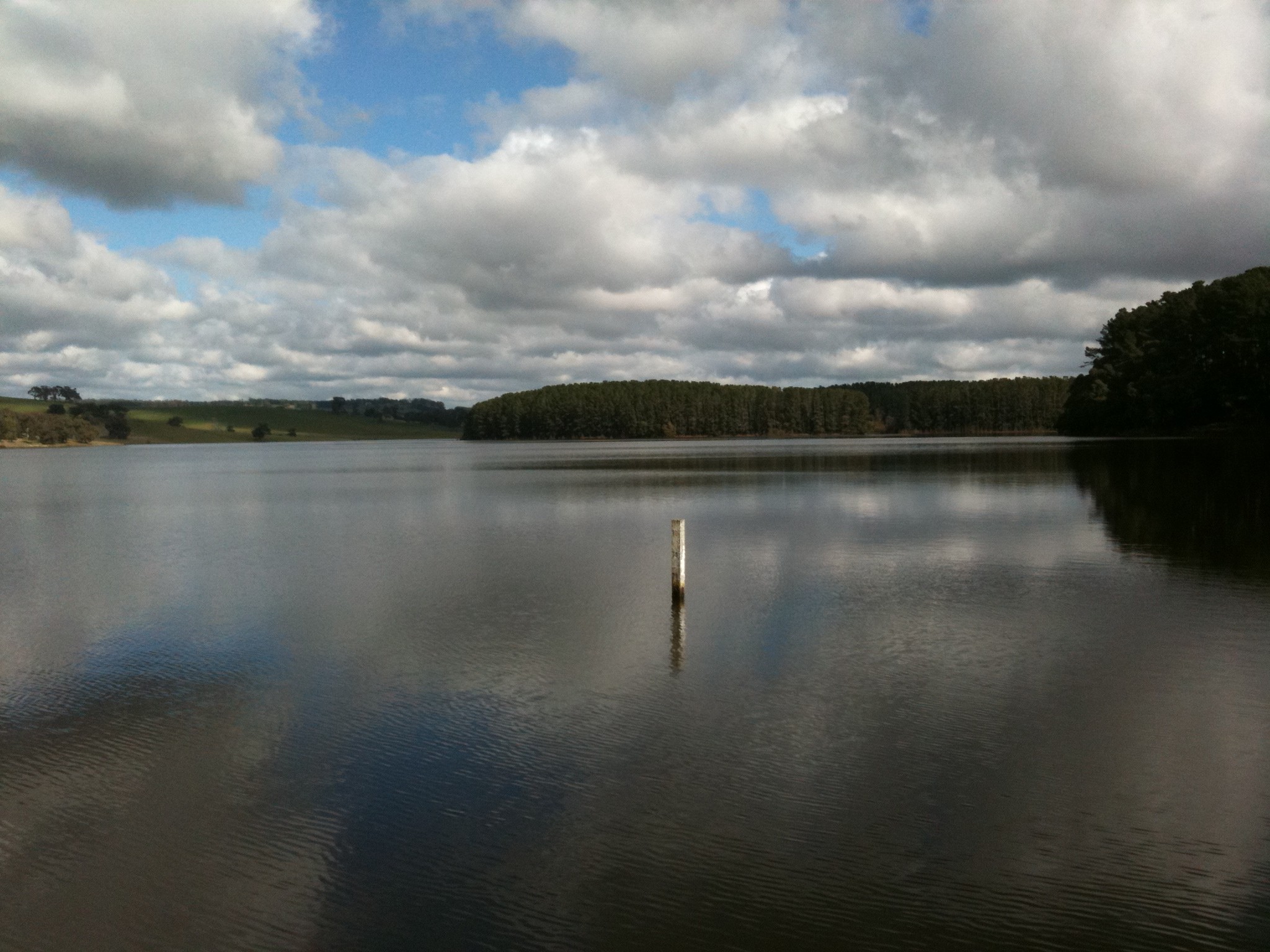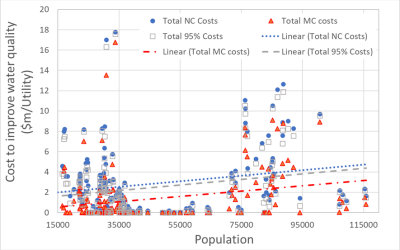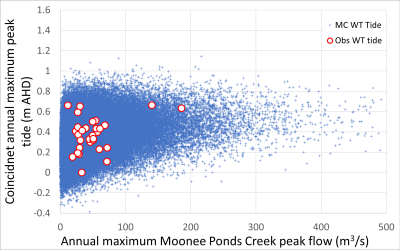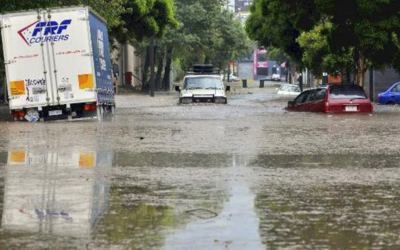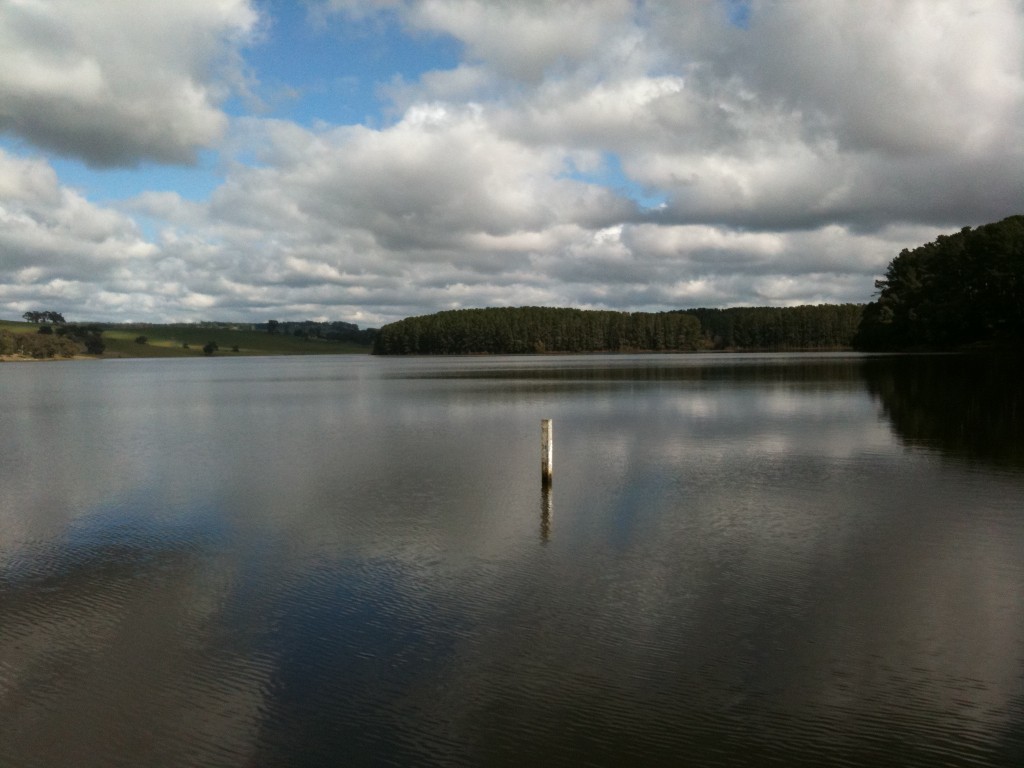
This presentation draws on insights from pioneering systems analysis to develop insights for water, environment and planning policies to ensure future liveability and affordability of Australian Cities, involvement in drafting policies and work on the revision of Australian Rainfall and Runoff. Urban settlements subject ongoing temporal and spatial change that is driven by demographic, economic, political, environmental, cultural and social factors. This is a bottom up process. A new paradigm is emerging that is change from complete reliance on centralised options to diverse water management strategies that incorporates linked solutions at many scales. Water management strategies emerging from focus on “lumpy” investments in regional infrastructure. This involves a change in approach from consultants, bureaucracy and authorities with a focus on liveable cities. This involves inclusion of smaller scale options and alternative business models.
The local and decentralised actions of citizens ensured that water supplies for cities were not exhausted during the recent drought. The urban water industry is essentially a transport industry that requires adequate spatial and temporal understanding of water, stormwater and sewage systems to generate optimum solutions. Our urban areas are subject to cumulative behaviour and impacts. Operation of water cycle systems must be based on logistics that apply to any transport dependent industry
The conventional approach to water cycle management is critically dependent on spatial variations in climate and population. Local and precinct scale solutions mitigate challenges of population growth and population growth. Analysis using a Systems Framework of Big Data reveals additional “hidden” challenges and opportunities for water cycle management in Victoria. The physical and economic results of analysis of water cycle systems is highly sensitive to selection of boundary conditions. Analysis must include feedback with the planning process and recognise multi-scale opportunities to supplement the capacity of existing infrastructure and facilitate restoration of catchments.
The future of water management must include integrated planning and design. This will include a multi-disciplinary and multiple scale approach. New policies and guidelines must encourage advanced analysis and innovation. Our policies and guidelines must account for advances in science and practice over the next 30 years. Emerging design methods include continuous simulation, Monte Carlo, complete real storms, and spatial processes.
These polies must link infrastructure design with water quality guidelines. Urban drainage should be considered as an integrated part of the urban water cycle. Our approaches for integrated design and policy must aim to avoid duplication of infrastructure. It is an important insight that the behaviour of water cycle systems are cumulative and dynamic rather than static and linear. This insight indicates need for ongoing diligence and innovation to avoid transferring problems to future generations and surrounding ar

